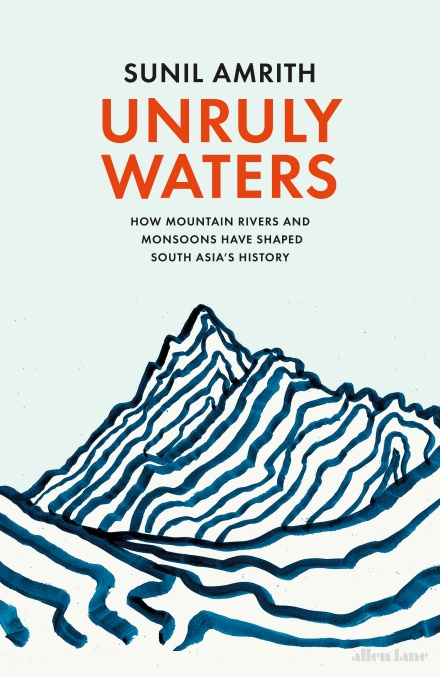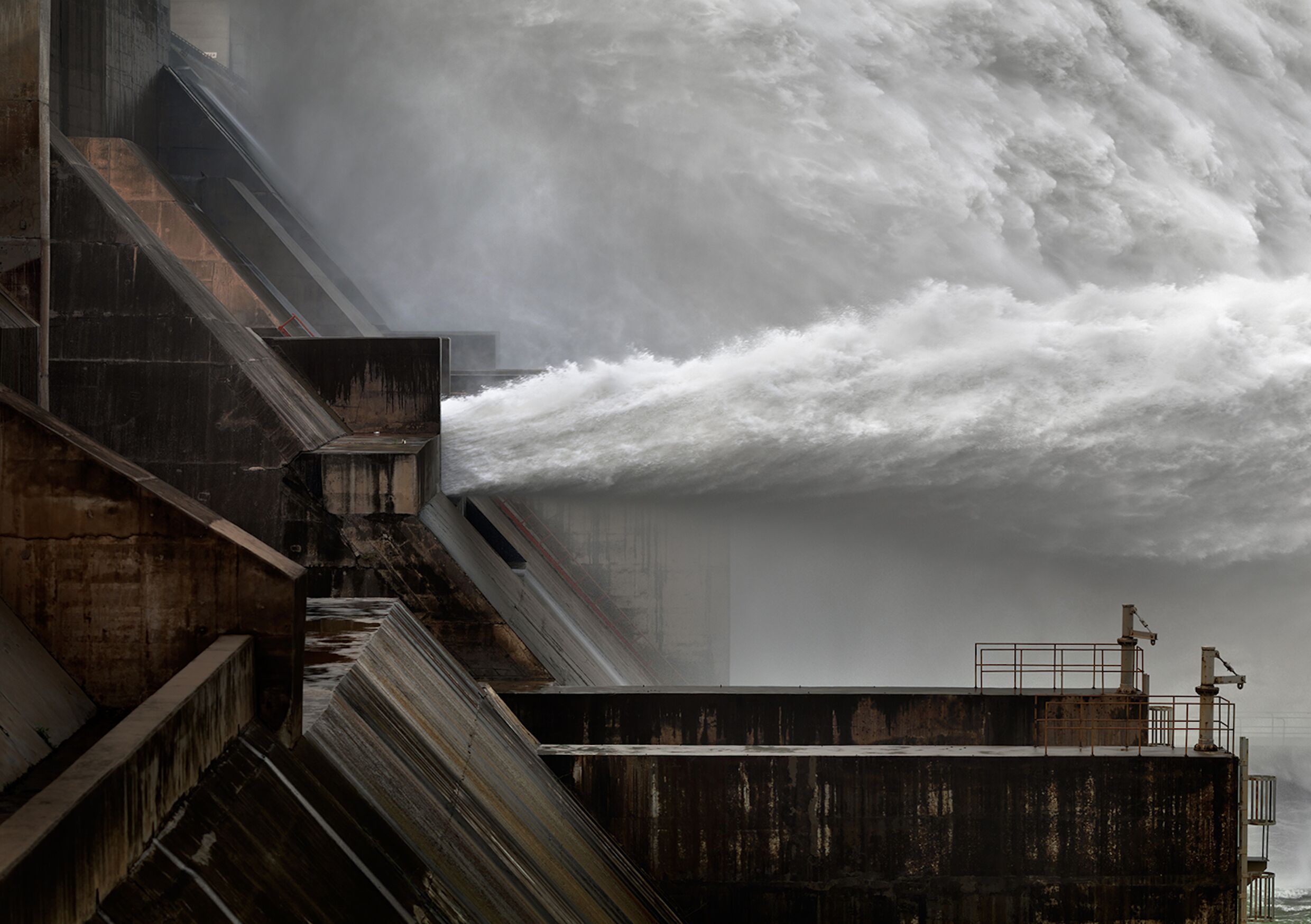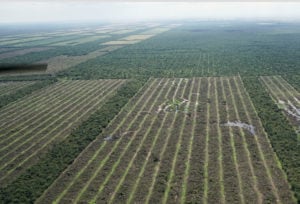“The unruly Ganges tumbles from heaven, tamed as it flows through the serpentine locks of Shiva’s hair before it spills onto the plains of India…”
In this sometimes lyrical and always lucid book Sunil Amrith charts the place of rivers and the monsoon to the people of the Indian subcontinent and China. The MacArthur fellow spent eight years working on it, digging through dusty British archives, chatting to Tamil fishermen, interviewing leading meteorologists. The result is a polyphonic testament to water’s central yet vulnerable position in the region.
The drive to engineer solutions to water problems, whether by digging canals, erecting dams or (more recently) mining underground, receives sustained and brilliant attention. As Amrith tells the history of these projects, which accelerated after the Second World War, his main thesis emerges: central governments have focussed on gigantic engineering at the expense of local peoples and environments.
Controlling water has been key to the strategies of rulers since long before even the Mughals. When the British designed the West Yamuna Canal to supply Delhi with water in 1820, they were consciously following a channel first dug in the 1400s by Turkic ruler Firoz Shah. By successfully watering cotton, jute, indigo, sugar, tea and coffee the British nourished industrial capitalism and empire.
After the Second World War, India and China built thousands of large dams to help make their nations self-sufficient. On New Year’s Eve 1956, India’s first Prime Minister, Jawaharlal Nehru took Chinese premier Zhou Enlai to see Bhakra dam in northern India. Nehru looked up at the second-tallest dam in the world and said “These are the new temples of India where I worship.” Zhou replied, “I am very impressed.”

Amrith explains that the aim was “to free India from the seasons.” Dams promised year-round irrigation, flood prevention, river navigation and hydroelectricity. Their environmental and social impacts became fully apparent only later: indigenous tribal communities displaced, forests lost, fertile silt blocked.
The nationalism which drove the spree of construction continues to influence the policies of Narendra Modi and Xi Jinping, the leaders of the world’s two most populous nations, who between them lead 2.7 billion people. Amrith laments “a willful blindness to the consequences of repeated attempts to conquer nature. Today, the inability of states to think beyond their borders imperils lives and denudes the political imagination.”
Nehru soon lost his faith in big dams. In 1958 he dubbed their construction the “disease of gigantism”. But a terrible failure of the monsoons changed priorities and the malady persisted. Plans are now afoot to link 37 Indian rivers through 14,000 kilometres of canals to produce electricity and improve irrigation. A similar scheme was envisaged by the British engineer Arthur Cotton in the nineteenth century. He imagined a network of canals taking Himalayan water all the way to the southern tip of India. (He even dreamt of linking the Yangtze to the Brahmaputra, at a time when the Indian river’s upper reaches were unknown to British explorers.)
Other nations also remain in thrall to gigantism. Nepal, Bhutan, Pakistan and China have planned over 400 dams in the Himalayas. In 2014, the Chinese completed the central route of the South-North Water Diversion, the most expensive bit of infrastructure ever built. It carries water from Danjiangkou in Hubei province 1,432 kilometres north to Beijing. Critics say it increases regional inequality and encourages a wasteful attitude. The even more ambitious western route of the project would link the Yangtze and Yellow rivers across the Tibetan plateau. Feasibility studies are underway.
Amrith moves nimbly from grand schemes and big ideas to people at ground level. He paints compelling portraits of champions of environmentalism, such as Palagummi Sainath who in the 1990s travelled 100,000 kilometres to report on the condition of rural India. Sainath drew attention to the grim fact that around 17,000 Indians farmers were committing suicide each year, in part because they could not pay back loans for groundwater pumps.
Unruly Waters doesn’t suggest that water management is a bad thing. It has played a key role in helping millions of Chinese rise out of poverty and since independence has helped to end famine in India and turn the country into an agricultural exporter. Rather the book’s central argument is against gigantism.
The problems of mega-dams, as well as groundwater overexploitation, are increasingly compounded by pollution, climate change and accelerating glacial melt. The unfortunate irony is that just as meteorologists come close to realising their dream of predicting the monsoon, a build up of carbon dioxide in the atmosphere has made it less predictable and its rains and droughts more severe.
Like the monsoon and rivers, carbon emissions do not care about national borders. For Amrith, this makes them potentially unifying. “Climate change creates problems of distance – between the source of pollution and its consequences – but it also creates new forms of proximity in the form of shared risks and interdependence.”
Though the book cites many examples of bad water management, it also highlights the long history of scientists, journalists and activists sharing knowledge and working together transnationally. In the final chapter “Stormy Horizons” there is, if not quite a silver lining, a quiet note of hope. Amrith cites non-governmental and civil society organisations, based mainly in Asia but also beyond, working to help ameliorate the water crisis. He praises initiatives such as The Third Pole’s mapping platform, which facilitates data sharing on river flow, hydropower, glaciers and groundwater: “The ability to visualize the risks holds the promise of stimulating a more coordinated response; it might even inspire new solidarities that come from a sense of shared vulnerability.”
Read: Early monsoon floods show climate change impact in South Asia



![Amne Machin, a sacred mountain on the Tibetan plateau, which is changing far quicker than the world realises [image by: Joshua Cohen]](https://dialogue.earth/content/uploads/2019/02/The-Tibetan-plateau-is-changing-far-quicker-than-the-world-realises-300x225.jpg)

![Only a little grass and a few animals grazing near the Deosai National Park [image by: Amar Guriro]](https://dialogue.earth/content/uploads/2018/09/16-B-300x200.jpg)



